Jim Corbett National Park is a home for wild animals which is located in the state of Uttarakhand. This park…
Read More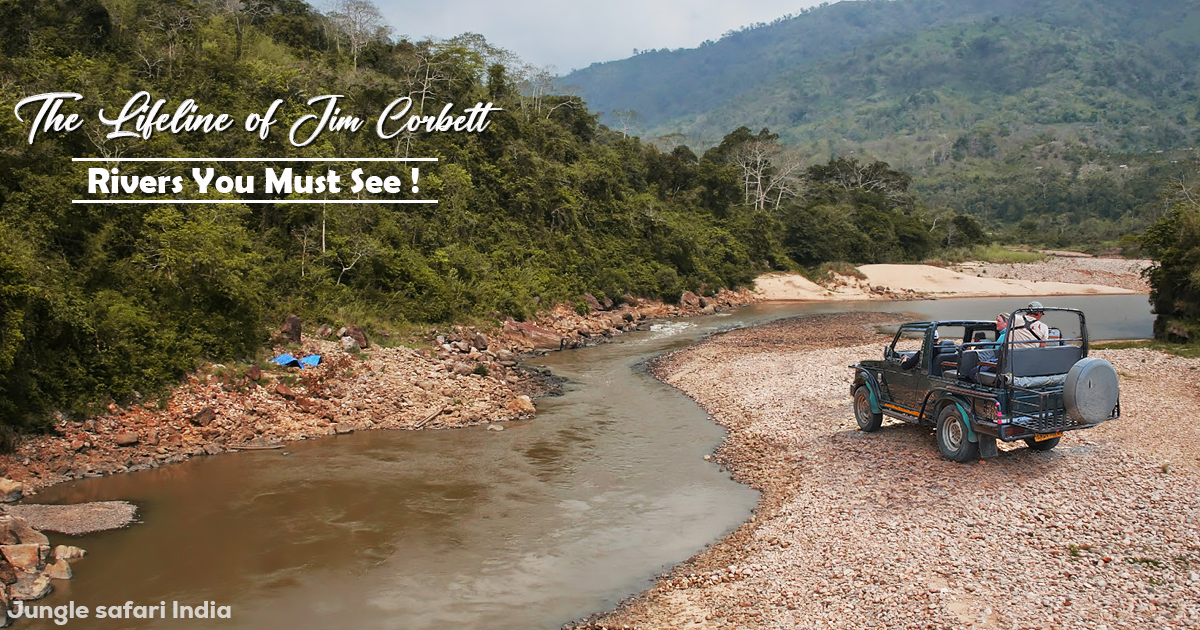

Jim Corbett National Park is a home for wild animals which is located in the state of Uttarakhand. This park…
Read More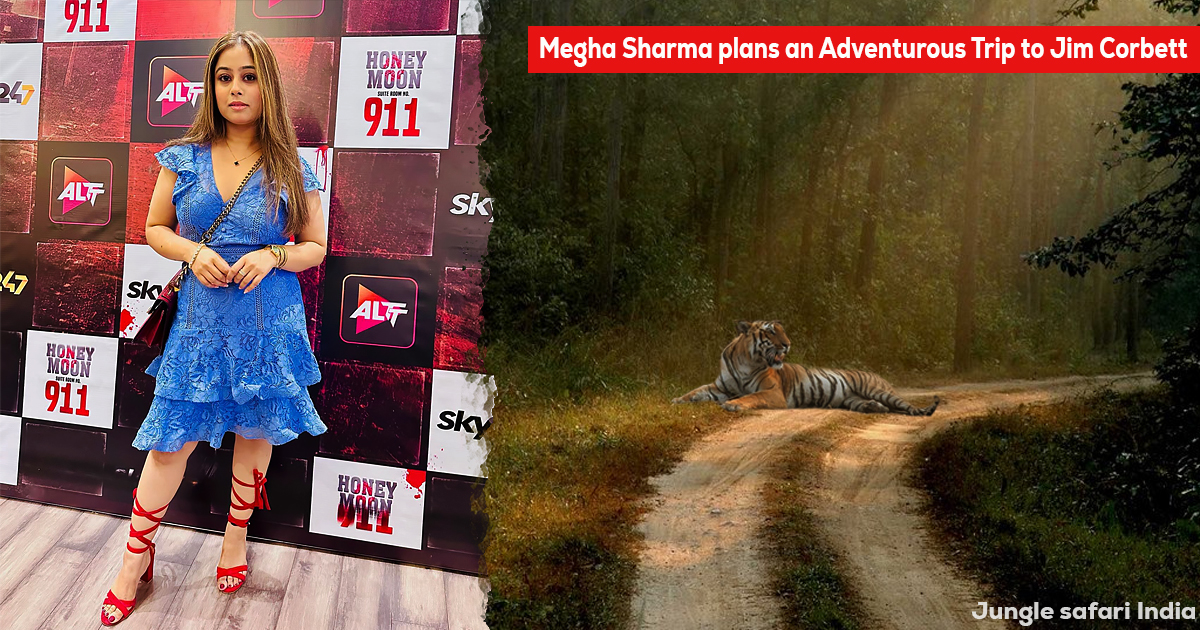
Recently Actress Megha Sharma quit her ongoing show, 'Pandya Store', and now is all set to go on a long…
Read More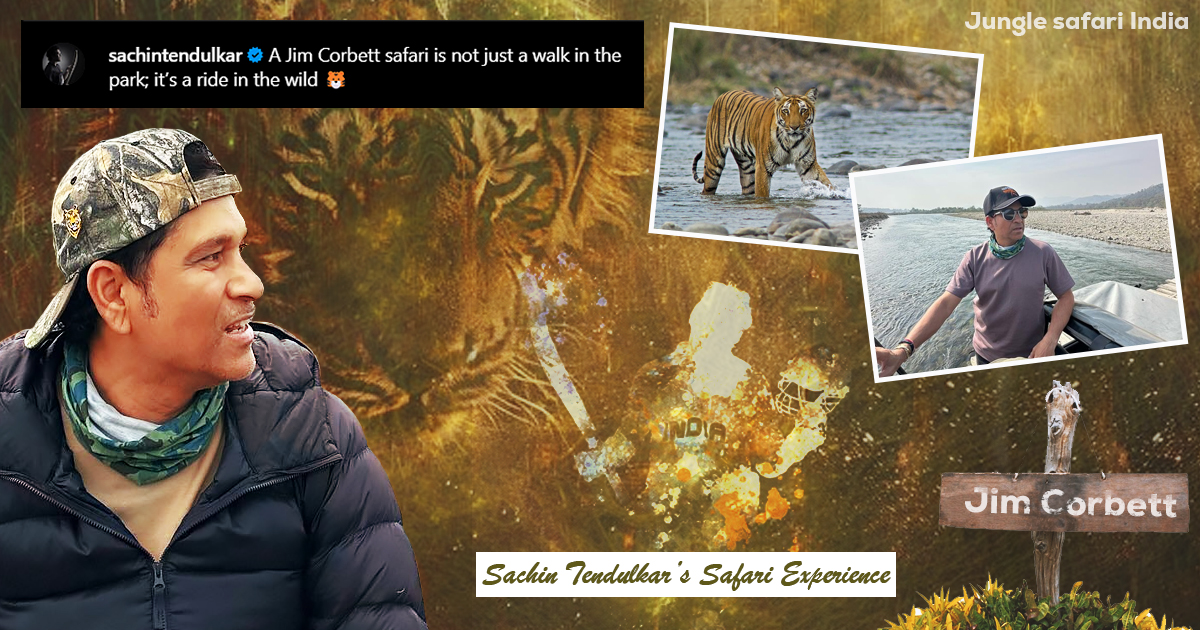
Former Indian Cricket Captain Sachin Tendulkar has shared some photos from his safari experience in Jim Corbett National Park. His…
Read More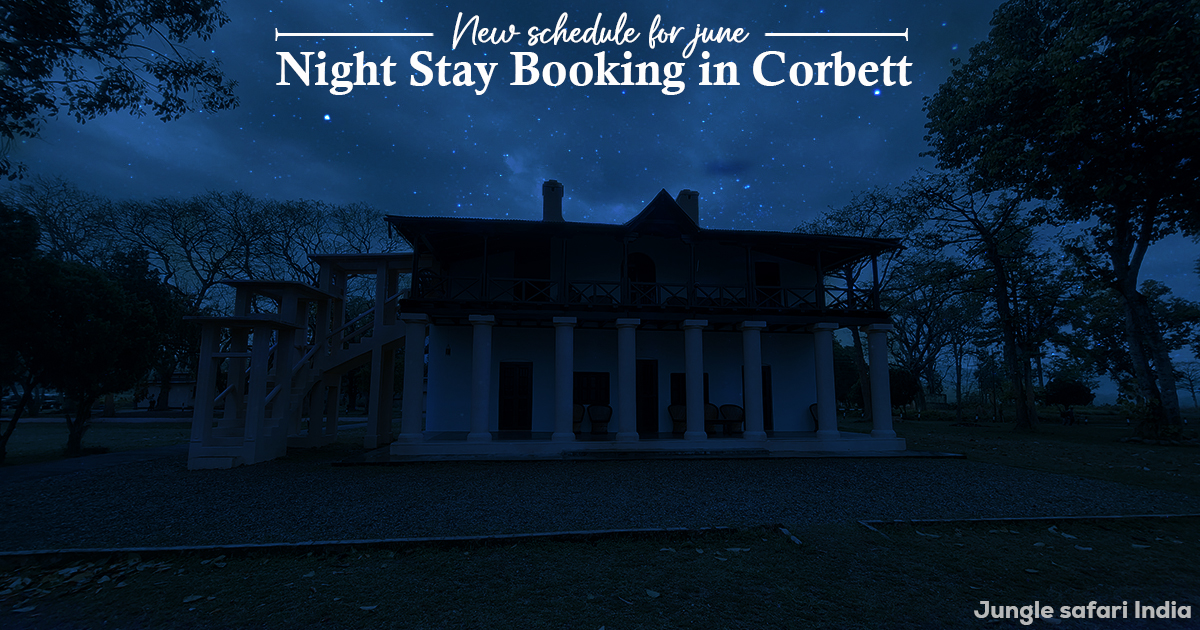
Some changes have been made to the Forest Rest House Bookings and a new schedule for June night stay booking…
Read More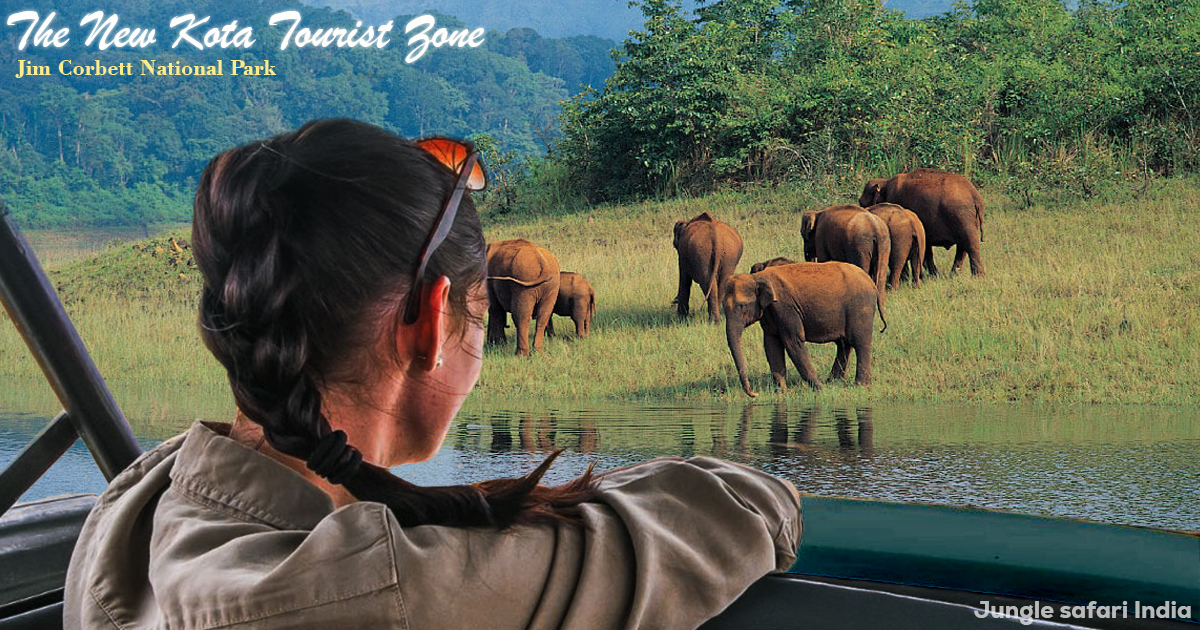
We have great news for wildlife lovers and nature enthusiasts. A new zone has been opened for tourists in Jim…
Read More
Some gypsy safari drivers violated the prescribed rules and regulations of Jungle Safaris in Jim Corbett National Park. In turn,…
Read More
The favorite to-go destination for wildlife enthusiasts and nature lovers is Jim Corbett National Park. People like to visit here…
Read More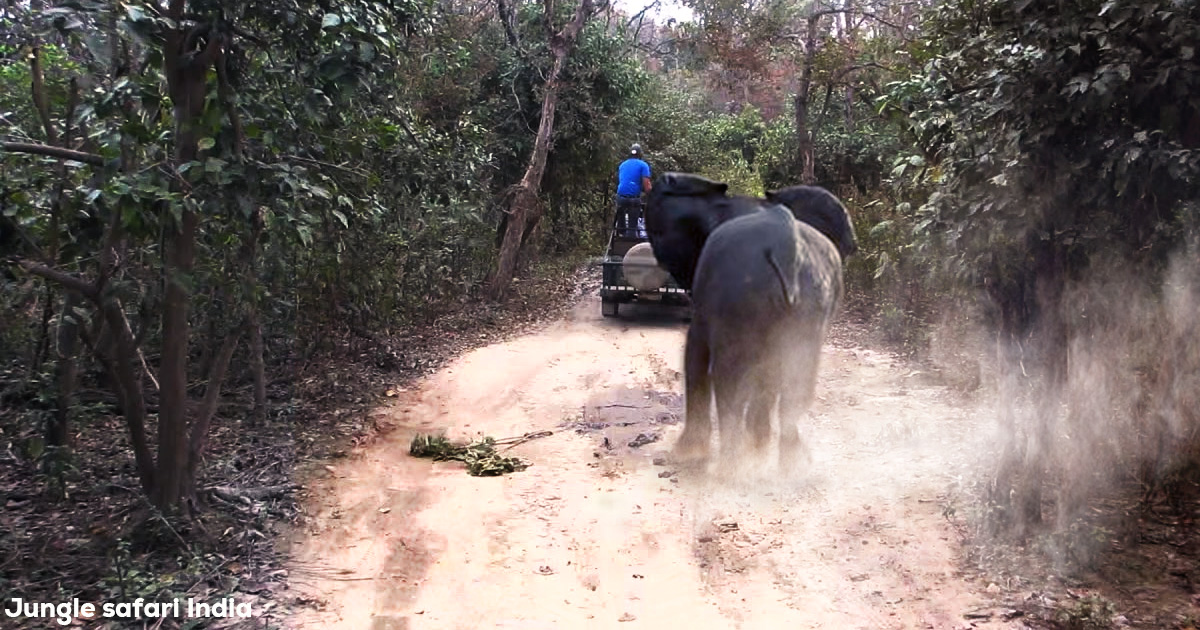
Recently a terrifying video from Jim Corbett National Park is surfacing over the internet. In that video, an elephant can…
Read More